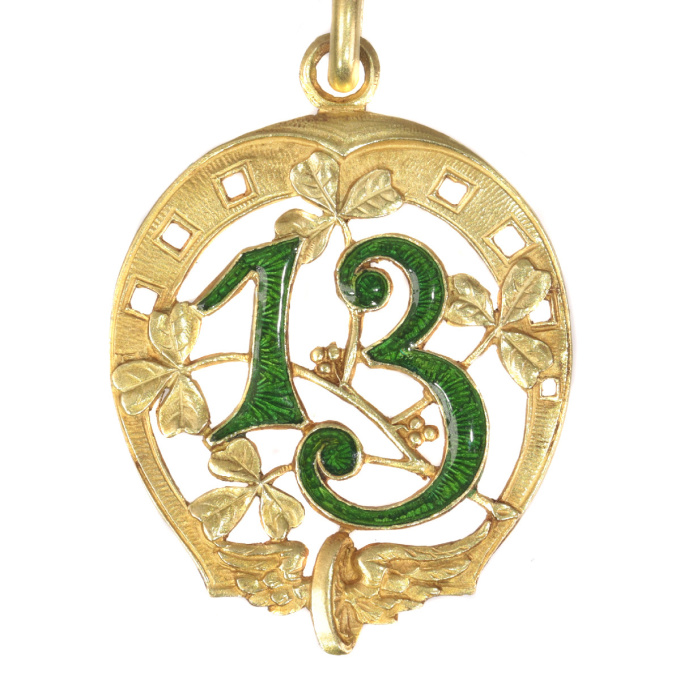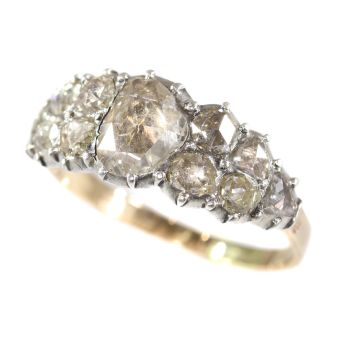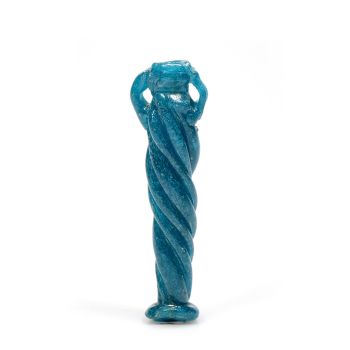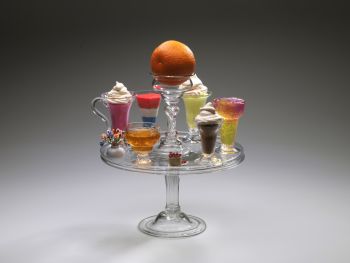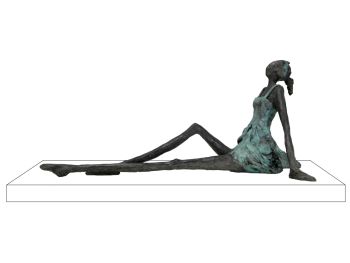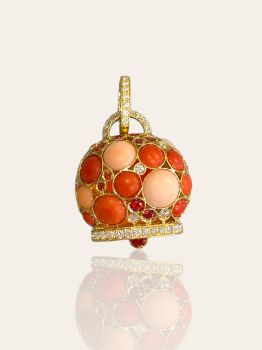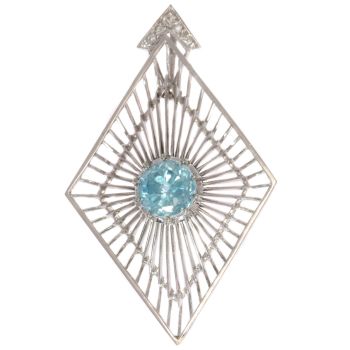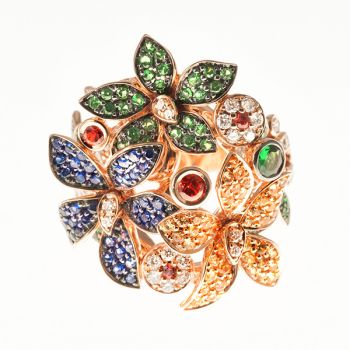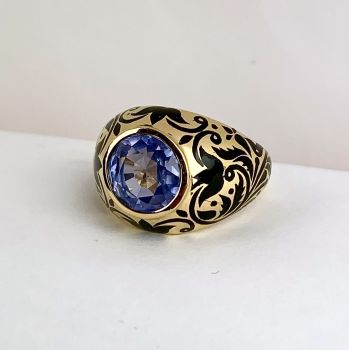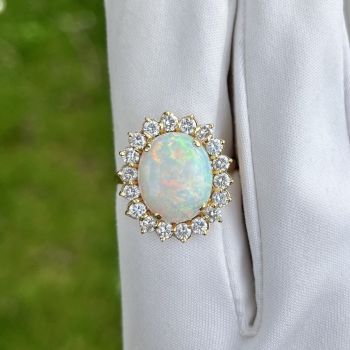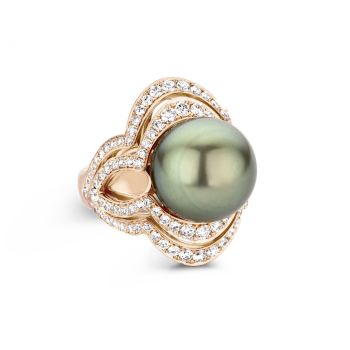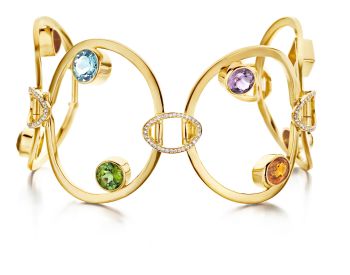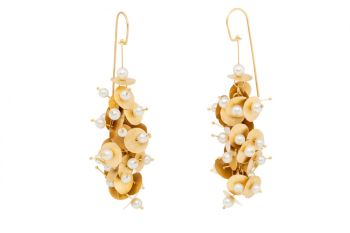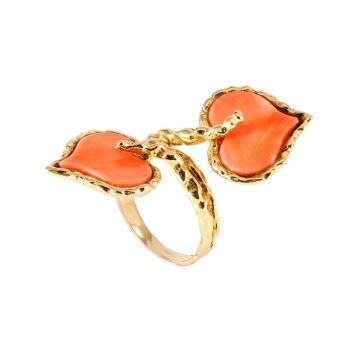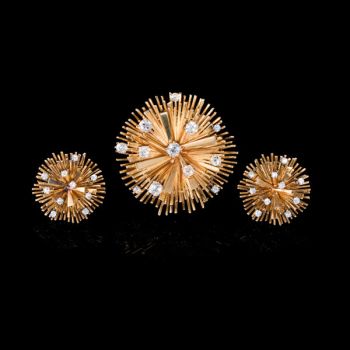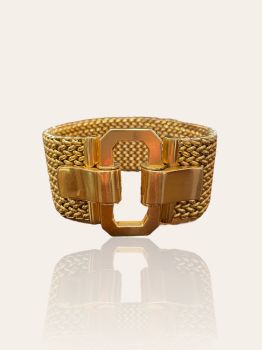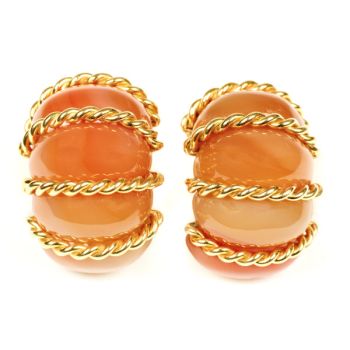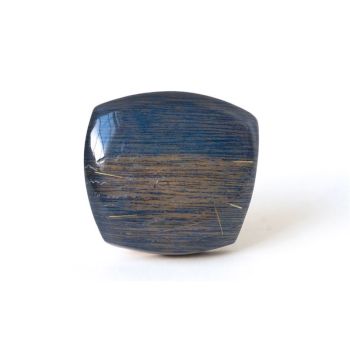Antico portafortuna in oro smaltato ferro di cavallo 13 ruota alata e trifoglio 1900
Artista Sconosciuto
OroSmalto
Attualmente non disponibile tramite Gallerease
- A proposito di opere d'arte
Antique jewelry object group: pendant
Condition: very good condition
- (more info on our condition scale)
Country of origin:Although it does not carry any legible control marks we believe this to be of Belgian origin.
Style: Late-Victorian - Victorian decorative arts refers to the style of decorative arts during the Victorian era. The Victorian era is known for its eclectic revival and interpretation of historic styles and the introduction of cross-cultural influences from the middle east and Asia in furniture, fittings, and Interior decoration.
Victorian design is widely viewed as having indulged in a regrettable excess of ornament. The Arts and Crafts movement, the aesthetic movement, Anglo-Japanese style, and Art Nouveau style have their beginnings in the late Victorian era.
- See also: late-Victorianor more info on styles
Style specifics: Late Victorian / early Art Nouveau - The subject of this piece, although typical 19th Century, announces the coming of the Art Nouveau style.
Period: ca. 1900
- (events & facts of this era, poetry of this era, fashion of this era)
Source of inspiration: Good luck tokens
Theme: various luck bringing symbols (see further in this text)
Material: 18K yellow gold (touchstone tested)
- (more info on precious metals)
Technique: Enamelling is an old and widely-adopted technology. The ancient Egyptians applied enamels to pottery and stone objects. The ancient Greeks, Celts, Russians, and Chinese also used enameling processes on metal objects. Enamel is the colorful result offusing powdered glass to a substrate by firing, usually between 750 and 850 degrees Celsius. The powder melts and flows and hardens to a smooth, durable vitreous coating on metal, glass or ceramic. According to some sources, the word enamel comes fromthe High German word smelzan (to smelt) via the Old French esmail. Used as a noun, "an enamel" is a usually small decorative object, coated with enamel coating, such as a champlevé or a cloisonné (different techniques).
Extra information on the symbolism in this pendant:
Winged wheel - The wheel has been associated with technology since time immemorial. When it acquires wings its significance increases greatly. The idea of motion is amplified to an extreme degree: as fast as a bird can fly, and that to the AncientGreeks and Romans, was the ultimate in speed. The "winged wheel" is seen most often in connection with Athena but also frequently with Mercury. The wheel with wings is, in a sense, a "spinning" or moving wheel. Together with Mercury, by itself or with other figures, it is the most common symbol for communication and/or transport. (From Google)
Horse shoe - There is no consensus among historians as to when and by who horseshoes were first invented. What seems most plausible is that shoeing was invented by numerous armorers in different places at about the same time, and then kept as a military secret for a very short time - until the practice was apparently widespread. Fact is that to date they are considered to bring good-luck.
Three leaf clover or Shamrock - The shamrock was traditionally used for its medical properties and was a popular motif in Victorian times. According to what the Oxford English Dictionary calls "a late tradition" (first recorded in 1726), the plant wasused by Saint Patrick to illustrate the doctrine of the Trinity. However, the posthumous timing of this legend (coming some 1,200 years after his death), and the lack of supporting evidence found in St. Patrick's writings have caused some to question its authenticity.
Lucky number 13 - click here for an explanation on number 13.
Hallmarks: No trace.
- (more info on hallmarks)
Dimensions: height 3,45 cm (1,36 inch) - See picture with a ruler in cm and inches
Weight: 3,30 gram (2,12 dwt)
Reference Nº: 19254-0122
Copyright photography: Adin, fine antique jewelry
- A proposito di opere artista
Può succedere che un artista o un creatore sia sconosciuto.
Alcune opere non sono determinate da chi sono state realizzate o sono state realizzate da (un gruppo di) artigiani. Esempi sono statue dell'antichità, mobili, specchi o firme non chiare o leggibili ma anche alcune opere non sono affatto firmate.
Inoltre puoi trovare la seguente descrizione:
•"Attribuito a …." A loro avviso probabilmente opera dell'artista, almeno in parte
•“Studio di ….” o “Officina di” A loro avviso un'opera eseguita nello studio o nella bottega dell'artista, eventualmente sotto la sua supervisione
•“Cerchio di…” A loro avviso un'opera del periodo dell'artista che mostra la sua influenza, strettamente legata all'artista ma non necessariamente al suo allievo
•"Stile di..." o "Seguace di..." A loro avviso un'opera eseguita nello stile dell'artista ma non necessariamente da un allievo; può essere contemporaneo o quasi contemporaneo
•“Modalità di…” A loro avviso un'opera nello stile dell'artista ma di epoca successiva
•"Dopo …." A loro avviso una copia (di qualsiasi data) di un'opera dell'artista
•“Firmato…”, “Datato…” o “Iscritto” A loro avviso l'opera è stata firmata/datata/inscritta dall'artista. L'aggiunta di un punto interrogativo indica un elemento di dubbio
•"Con firma....", "Con data...", "Con iscrizione..." o “Riporta firma/data/iscrizione” a loro avviso la firma/data/iscrizione è stata aggiunta da qualcuno diverso dall'artista
Artwork details
Related artworks
Artista Sconosciuto
Salver ou Tazza avec verre orange, verres à gelée et crème anglaise.1750 - 1755
Prezzo su richiestaPeter Korf de Gidts - Antiquairs
Artista Sconosciuto
UN RARO SADELI INDIANO COMPLETO DI LAVORO E SCRITTURA INTARSIATI1800 - 1850
Prezzo su richiestaZebregs & Röell - Fine Art - Antiques
1 - 4 / 12- 1 - 4 / 24
- 1 - 4 / 24

